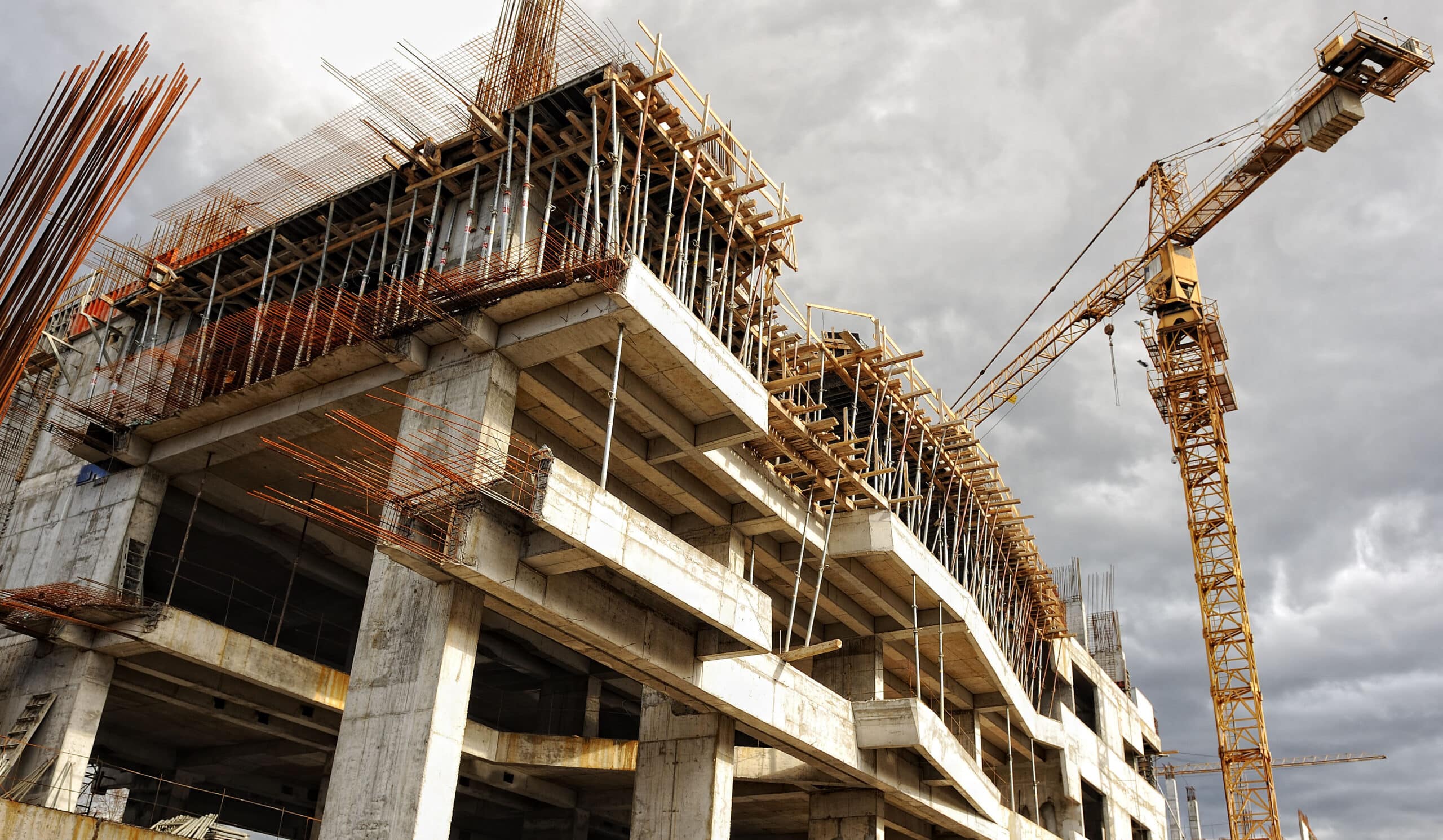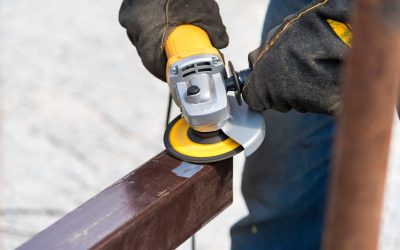According to the latest figures from the Health and Safety Executive, the construction industry topped the list for fatal injuries in the UK during 2017/18. For the period, there were a total of 144 workers killed at work (38 in the construction) across the UK which was an increase of 9 from 2016/17.
It is quite clear from these statistics that we all still need to be made aware of the common dangers on a construction site. This is our list of 10 common dangers with some advice on how to prevent them.
Working From a Height
Still the most common danger in all industries, falls from a height was attributed to 35 work related deaths in the UK during 2017/18. This makes it the most common cause of fatal injury to British workers. Whenever a person is expected to work from a height, suitable training must take place to ensure they know how to work safely on various equipment such as ladders, scaffolding and roofs.
The law requires that all employees risk assess working from a height. From this assessment, a plan must be devised to ensure work can be carried out safely. Employees should also have access to the correct working at height safety equipment.
Objects Moving on Site
As a construction site is an ever developing environment, objects are moving all of the time. This makes accidents from objects moving on site incredibly common. Equipment that moves objects on site include overhead lifting equipment, supply vehicles and diggers. As the terrain is likely to be uneven, their movement can cause objects to fall unexpectedly.
Construction sites can prevent moving object accidents by avoiding working close to a moving object where possible. Workers should also remaining extra vigilant of all moving vehicles and site management must ensure workers wear Personal Protective Equipment such as a high visibility jacket.
Slips, Trips and Falls
A construction site is vulnerable to slips, trips and falls. Uneven terrain, buildings at differing stages of completion and unused materials on site contribute to this danger. Staff in control of the site should manage risks so people can move around safely.
Safety Services Direct provides a RoSPA approved Slips, Trips and Falls training course which heightens employee awareness of the dangers. Also read our blog on how you can prevent slips, trips and falls at work.
Excessive Noise
As a construction worker, you will know that a site is usually quite noisy. Most power tools produce the same loud and excessive noises that can cause long term hearing problems such as deafness. Loud noise also causes distractions which consequently could lead to other accidents.
Employees can be trained online with a RoSPA approved Noise at Work Training Course in just 45 minutes.
Hand Arm Vibration Syndrome
Another repetitive motion that can cause long term problems is Hand Arm Vibration Syndrome (HAVS). This debilitating disease causes deterioration of the blood vessels, nerves and joints. This is caused by the use of hand-held power tools over a prolonged period of time. Construction workers using these tools should be provided with appropriate protection and all equipment must be regularly checked and maintained.
Manual and Material Handling
Handling materials and equipment always creates a risk. For this reason, all employees must be placed on a Manual Handling Training Course. This will provide learners with the comprehensive knowledge required to avoid any handling accidents in the workplace.
Check out our ten tips for manual handling blog.
Collapsing Trenches
Collapsing trenches with workers inside is a very common occurrence. Buildings being demolished can also collapse unexpectedly which can cause serious injuries to those inside. Site managers should always consider the dangers of erecting a trench and put in the necessary procedures to ensure it is fully secure. Regularly checking the stability of the trench goes a long way to preventing accidents.
Asbestos
Despite being a banned substance in the UK from 1999, many buildings still contain asbestos. The Guardian found that every year, more people die from asbestos exposure than die from road traffic accidents. That is why asbestos still poses a threat today. When materials that contain asbestos are damaged or disturbed, those who inhale these fibres are susceptible to fatal diseases such as Mesothelioma – an aggressive form of cancer which leaves very little chance of survival. All workers must be informed if there is asbestos on site due to its severity.
Construction staff should be placed on an asbestos awareness training course which gives them the knowledge needed when working with asbestos. Current online asbestos courses are approved by UKATA, IATP and RoSPA.
Find out more about asbestos in our blog.
Electricity
Exposed wires and live electrical parts are commonly present on site. Accidents can be caused by touching live parts directly or indirectly from a conducting object. Electric shocks can be a very common cause for falls from ladders and scaffolds. Construction staff should be placed on an Electrical Safety Training Course to gain the all important awareness to the dangers of electricity on site and how to prevent them.
Airborne Fibres and Materials
A lot of dust is produced on construction sites, so you won’t be surprised to know that it is on this list as a very common danger. Dust can be fine, invisible and be the product of hazardous materials and fibres. With risks of lung diseases such as chronic obstructive pulmonary disease, steps must be taken to reduce any harmful intake. Site staff must be provided with Respirators, Respiratory Protection and Dust masks when dust is likely to be around.
For more information about all of our online construction and health and safety training courses, contact Safety Services Direct today.









